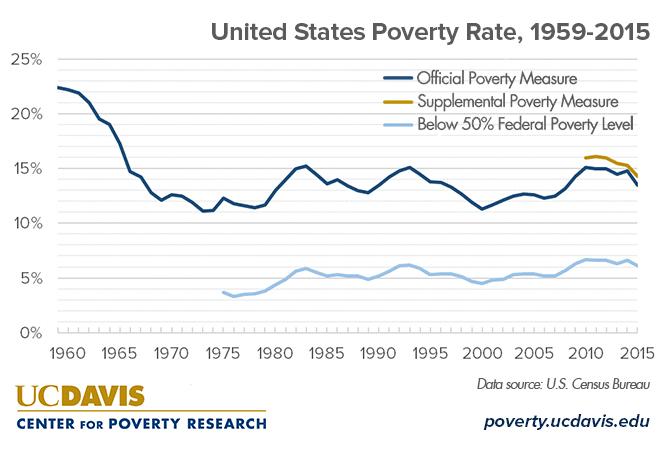By Robyn Mak

RJ45 cables are pictured inside the data centre operated by French telecoms operator Iliad in Paris, France, March 4, 2019.
HONG KONG (Reuters Breakingviews) - Technology firms are due a green shake-up. Data centres and networks each use around 1% of the world’s electricity, according to the International Energy Agency – more, for now, than electric vehicles. That could hit double-digits by 2030, making related emissions a problem.
The infrastructure behind video conferencing and binge-watching “The Crown” on Netflix comprises mainly two parts: buildings that house tens of thousands of servers and the networks that connect servers to smartphones, PCs and other devices. Both require huge amounts of electricity. Data centres use roughly 200 terawatt-hours a year, according to a 2018 study led by Eric Masanet, an engineer at Northwestern University in the United States. That’s in the same ballpark as Australia’s annual consumption.
The good news is that figure has barely increased over the past decade. Even as data volumes have multiplied, networks and server farms, particularly so-called hyperscale centres operated by Amazon.com, Microsoft, and Alphabet-owned Google, have become extremely energy efficient.
But that trajectory looks unsustainable. Even without the isolation of the pandemic, widespread adoption of next-generation 5G wireless technology, autonomous driving and the internet of things will dramatically boost internet traffic. Moreover, chips that power servers are reaching technological limits, making efficiency gains harder to come by.
Estimates for how much energy consumption will rise vary. But for some countries, data may suck up a double-digit percentage. Ireland’s power operator, for instance, in 2018 estimated the country’s data centres may account for nearly 30% of electricity demand by 2028. The Irish Academy of Engineering reckons that will add at least 1.5 million tonnes of carbon emissions, 13% of the electricity sector’s current total.
Giant technology companies are among the world’s largest buyers of renewable energy. But that won’t be enough to spare them the attention of environmental, social and governance-oriented investors. At the top of the agenda will be pushing for better disclosure about energy use and emissions, perhaps even attributing them to specific bulk customers like Netflix and Zoom Video Communications
In January 2020, Microsoft unveiled a tool to help enterprise clients analyse their cloud service-related emissions. That’s a step in the right direction, but ESG investors may demand much more in 2021.
This is a Breakingviews prediction for 2021. To see more of our predictions, click here.














